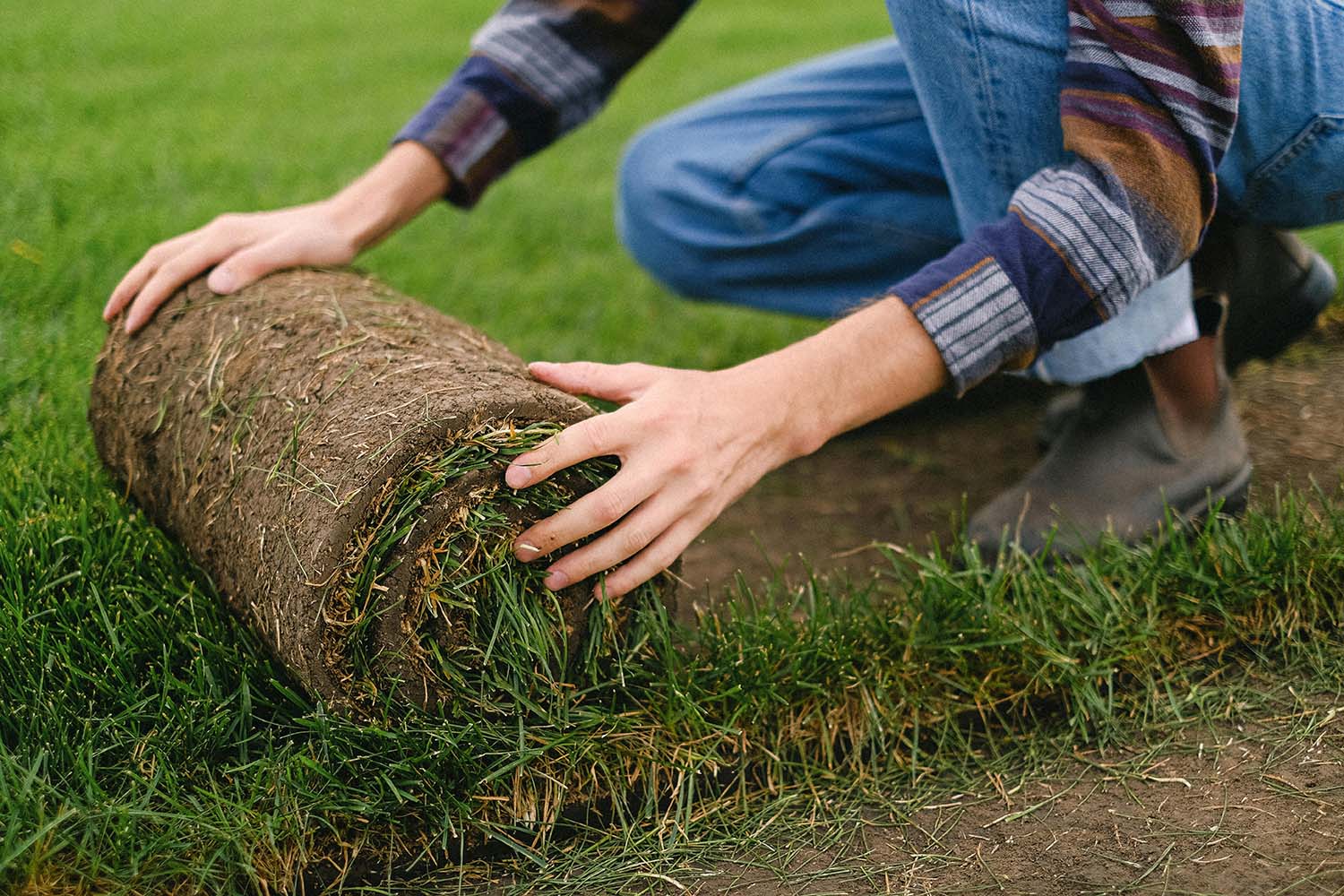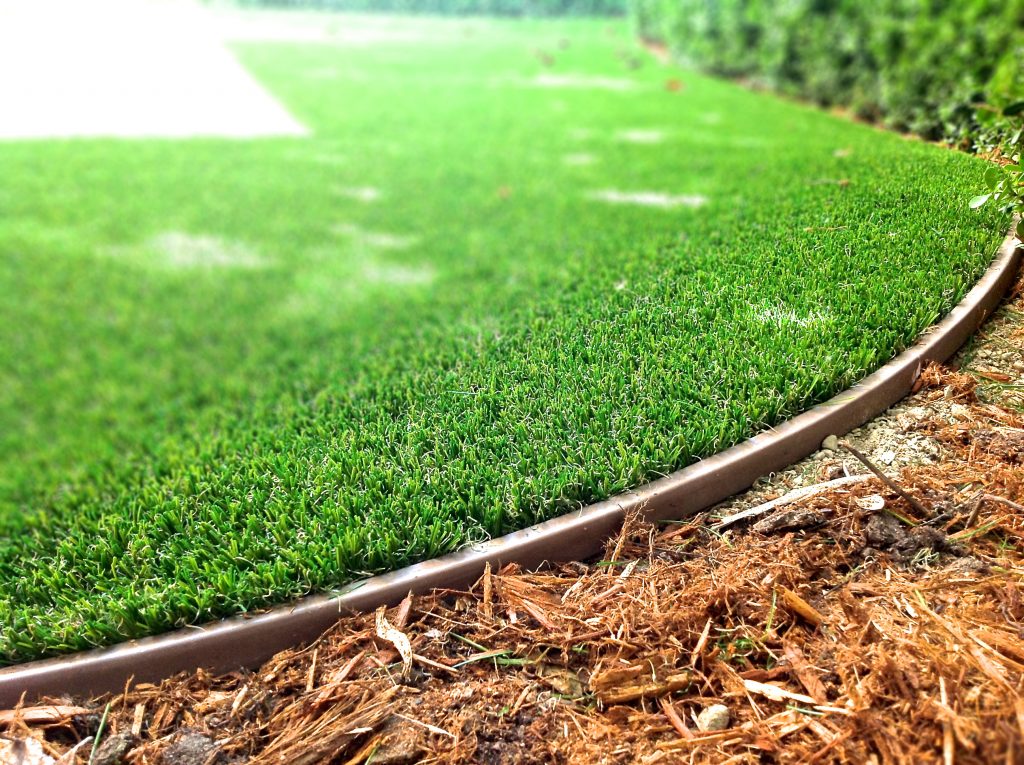Top-Rated Phoenix Turf Companies Focusing on Synthetic Grass Solutions
Top-Rated Phoenix Turf Companies Focusing on Synthetic Grass Solutions
Blog Article
Look Into the Environmental Perks of Opting for Artificial Grass Solutions
The fostering of fabricated turf solutions provides a compelling chance to attend to pushing ecological obstacles. By significantly decreasing water use and lessening the application of harmful chemicals, these alternatives not only promote sustainable landscaping but also safeguard regional ecological communities.
Water Preservation Conveniences
Among one of the most substantial benefits of synthetic grass is its capability to save water. Standard lawn lawns require substantial watering, specifically in locations susceptible to dry spell or water restrictions. In contrast, synthetic grass does not require watering, considerably decreasing the overall need for water sources. This function is particularly advantageous in arid areas where water shortage is a pressing concern.
By getting rid of the demand for routine watering, synthetic grass adds to sustainable landscape techniques and helps minimize the environmental effect of excessive water usage. Additionally, the preservation of water reaches the decrease of runoff, which can bring about soil erosion and river pollution.
Furthermore, the installment of synthetic grass permits home owners and municipalities to designate water sources more efficiently, concentrating on necessary usages such as drinking water and agriculture. The shift towards man-made turf not just advertises responsible water usage but additionally straightens with broader environmental goals targeted at protecting natural deposits.
As neighborhoods significantly focus on sustainability, the water preservation advantages of fabricated turf present a compelling case for its adoption in commercial and residential landscaping projects.
Reduced Chemical Usage
The transition to synthetic grass significantly decreases the reliance on chemical therapies generally made use of in all-natural grass upkeep. Typical lawn monitoring commonly entails the application of chemicals, herbicides, and fertilizers to promote development and control bugs. These chemicals can present dangers to human health, neighborhood wild animals, and the atmosphere, contributing to dirt and water contamination.
On the other hand, synthetic grass removes the requirement for these dangerous compounds. As soon as mounted, it needs very little maintenance, mostly containing regular cleansing and irregular infill replenishment. This decrease in chemical usage not just benefits the prompt atmosphere but additionally contributes to broader environmental stability. By decreasing the release of artificial compounds right into the community, artificial grass promotes healthier dirt and water systems.
Moreover, the absence of chemical overflow connected with synthetic grass setups aids protect regional rivers from pollution, supporting water life and keeping biodiversity. Phoenix turf companies. As areas increasingly prioritize sustainable techniques, going with synthetic grass provides a sensible solution that aligns with environmental preservation objectives. Via this change, homeowner can enjoy lush eco-friendly areas without compromising eco-friendly health and wellness, paving the way for an extra lasting future
Reduced Carbon Impact

Furthermore, the setup of synthetic grass can cause substantial water conservation. Natural lawns need substantial quantities of water for watering, which not just includes in the carbon impact associated with water extraction and treatment but also strains local water resources. In contrast, man-made grass needs very little maintenance, needing no watering, consequently substantially lowering water use and its connected power expenses.
Furthermore, the durability of synthetic grass adds to its reduced carbon impact. With a lifespan of up to 15 years or even more, the demand for regular replacements is decreased, resulting in less waste and reduced power usage in manufacturing read here and getting rid of conventional turf alternatives. On the whole, synthetic grass offers a lasting choice for environmentally aware landscape design.
Habitat Preservation
Environment preservation is a crucial consideration in the discussion over landscaping choices, specifically when comparing synthetic grass to all-natural grass. All-natural turf yards commonly need extensive upkeep, including using fertilizers, herbicides, and chemicals, which can adversely impact local communities. These chemicals can seep right into the dirt and rivers, harming indigenous vegetation and fauna and interrupting neighborhood environments.
On the other hand, synthetic grass provides a possibility to reduce the eco-friendly impact of landscape design. By choosing synthetic grass, house owners can minimize the disruption of all-natural habitats related to traditional grass care methods. Synthetic grass gets rid of the need for unsafe chemicals, consequently shielding neighboring wild animals and keeping the integrity of surrounding ecosystems. Furthermore, the setup of synthetic grass can bring about the conversion of former grass areas into more biodiverse landscapes, such as pollinator yards or native plant areas, which can company website sustain regional wild animals.
Eventually, the transition to artificial grass not just saves water and reduces upkeep initiatives yet additionally cultivates an extra unified relationship between human activities and the natural setting, advertising habitat preservation while doing so.
Long-Term Sustainability
Lasting sustainability is a critical variable in reviewing the advantages of synthetic turf over typical lawn lawns. One of one of the most considerable benefits of synthetic grass is its sturdiness; it can last up to 15-20 years with marginal maintenance, whereas all-natural lawn requires constant reseeding and replacement. This longevity lowers the requirement for constant sources, such as water, fertilizers, and chemicals, which are important for keeping a healthy yard yard.
Furthermore, synthetic lawn adds to a decrease in carbon discharges connected with grass care tools. Conventional grass typically call for gas-powered mowers, leaners, and blowers, all of which add to air contamination. Turf installation phoenix az. In comparison, synthetic grass removes the need for such devices, advertising a cleaner atmosphere
In addition, the production of man-made lawn increasingly uses recycled products, enhancing its sustainability profile. As makers take on environment-friendly techniques, the environmental footprint of synthetic grass continues to lessen.

Final Thought
The adoption of synthetic grass solutions provides significant ecological advantages, consisting of considerable water preservation, decreased dependence on dangerous chemicals, and a lower carbon impact. Synthetic grass help in protecting all-natural habitats by lessening land disruption and promoting long-lasting sustainability via the use of long lasting products. Collectively, these aspects underscore the potential of man-made lawn to contribute positively to ecological health and provide a sensible alternative to conventional landscape design techniques in an increasingly resource-conscious world.
In comparison, fabricated turf does not need watering, substantially reducing the overall demand for water resources. By decreasing the release of artificial compounds right into the community, man-made grass advertises healthier dirt and water systems.
In addition, the installation of synthetic grass can result in considerable water preservation. In comparison, fabricated lawn requires marginal upkeep, calling for no watering, thereby significantly decreasing water usage and its connected energy costs.

Report this page